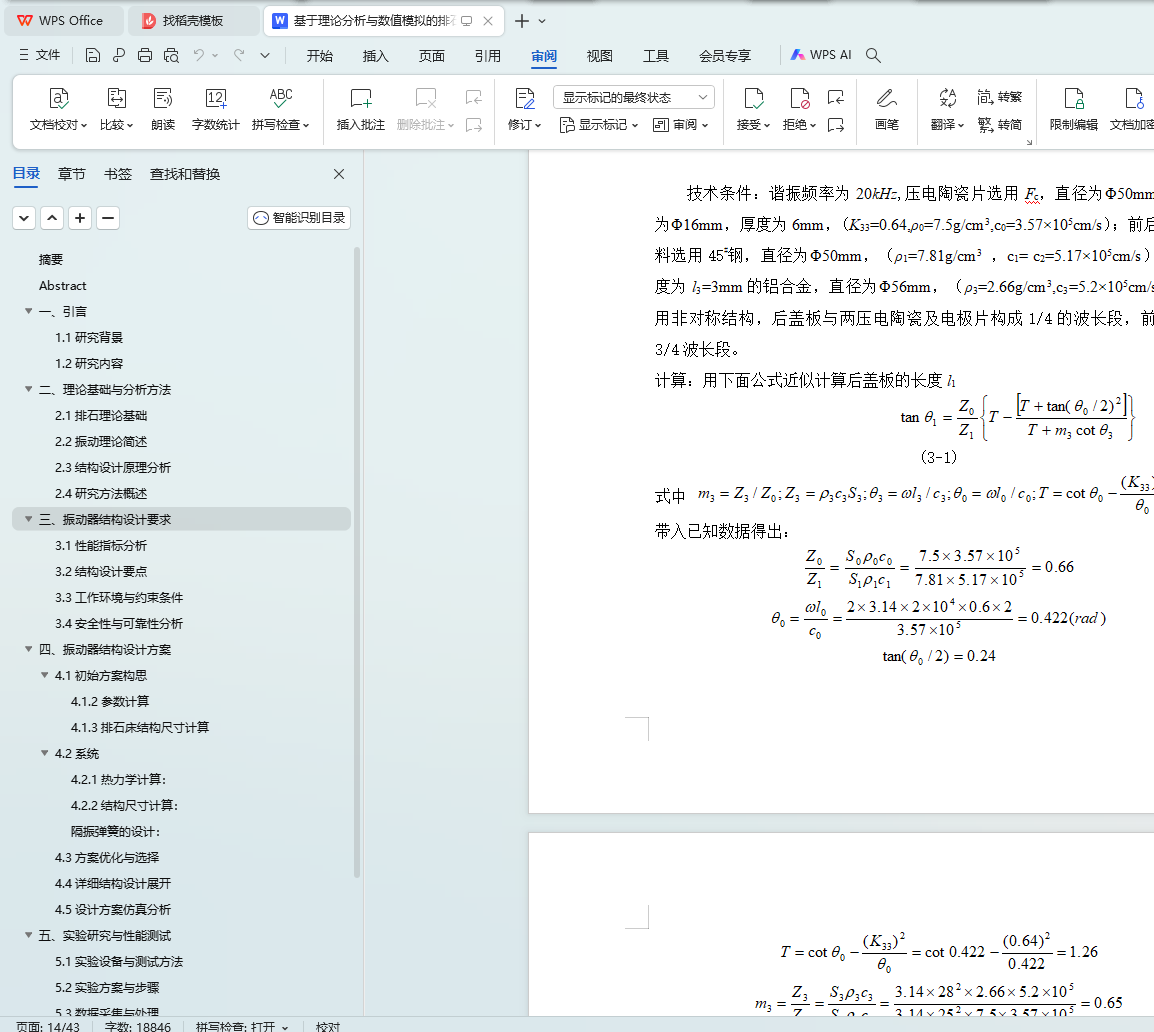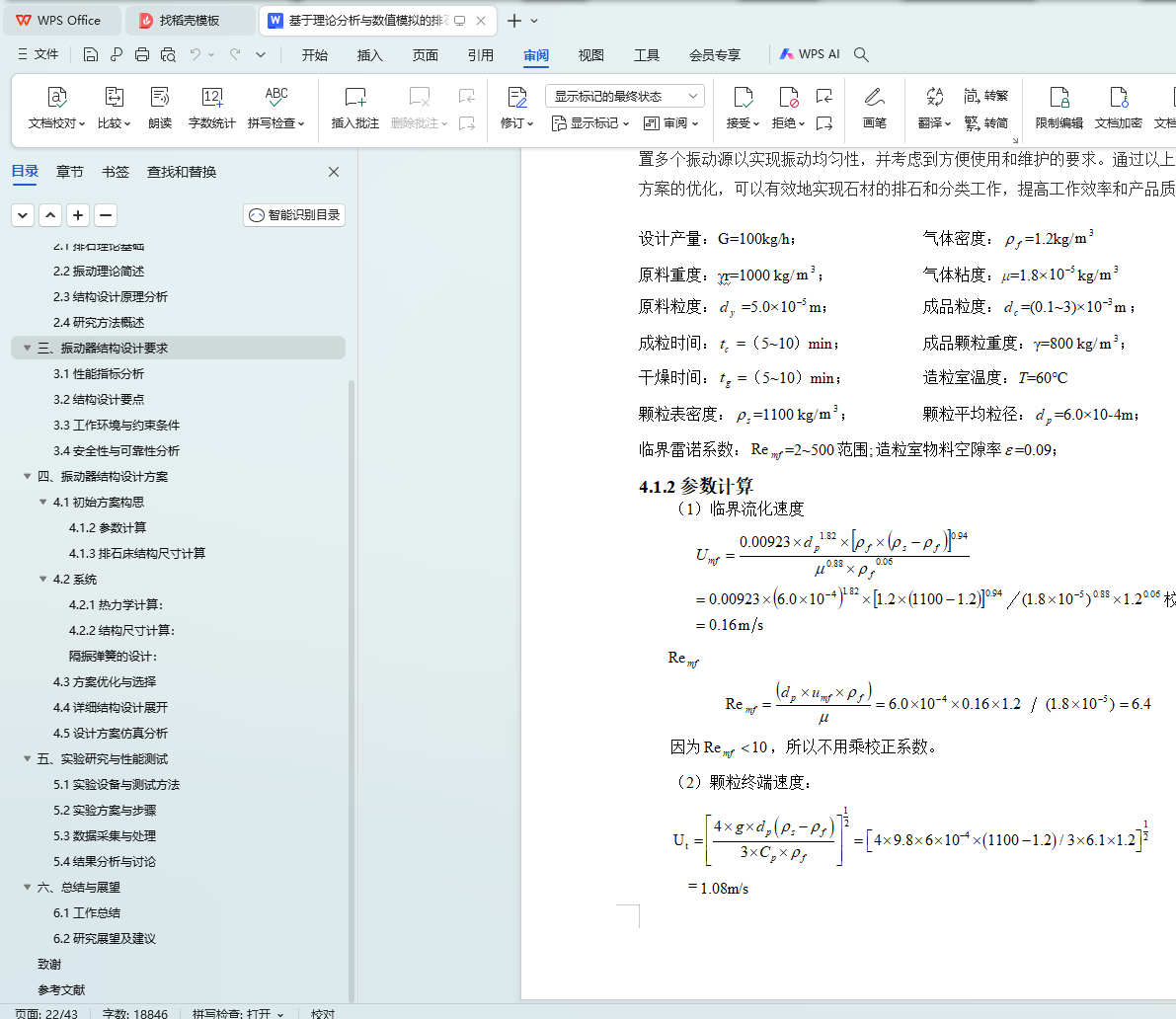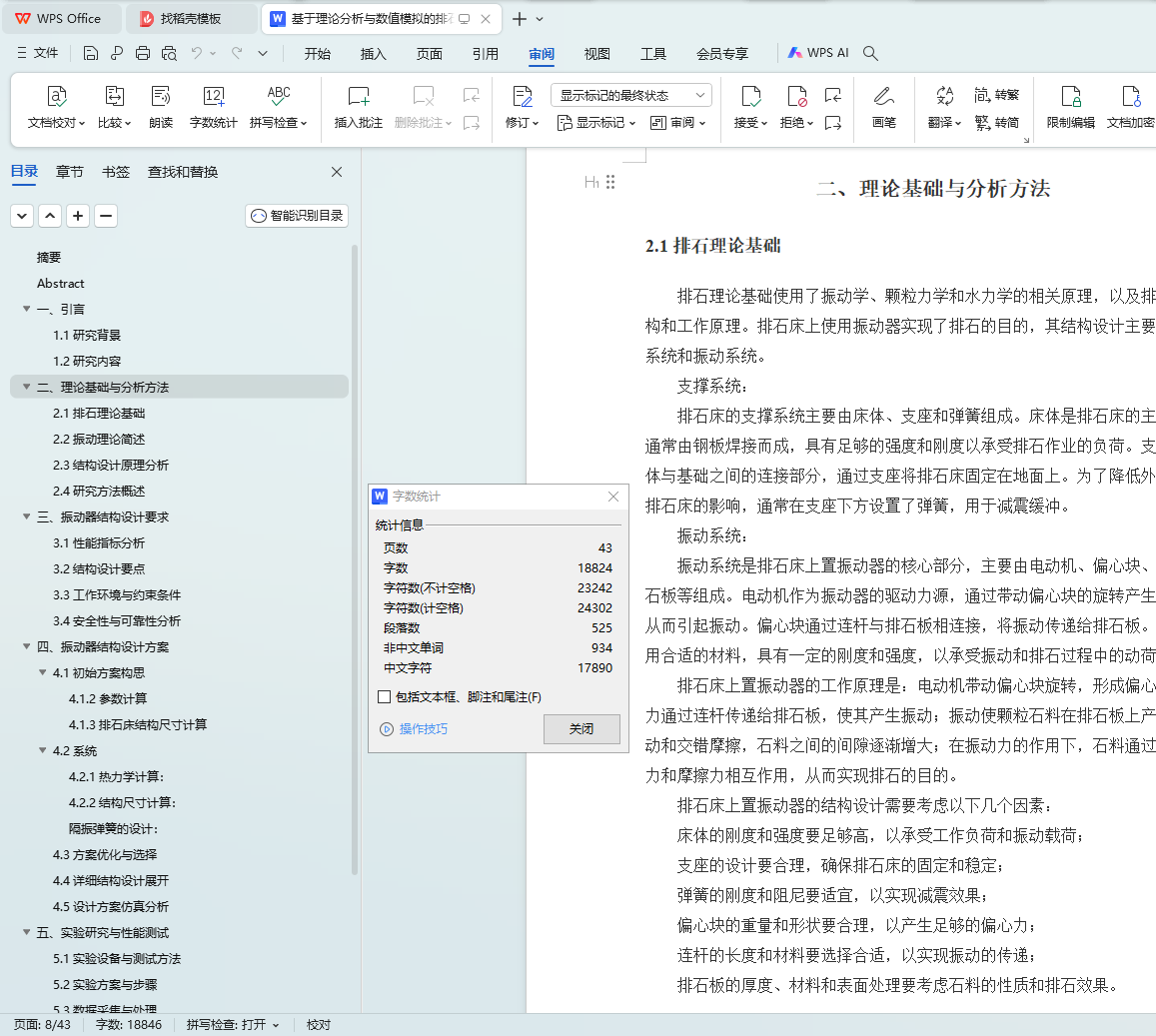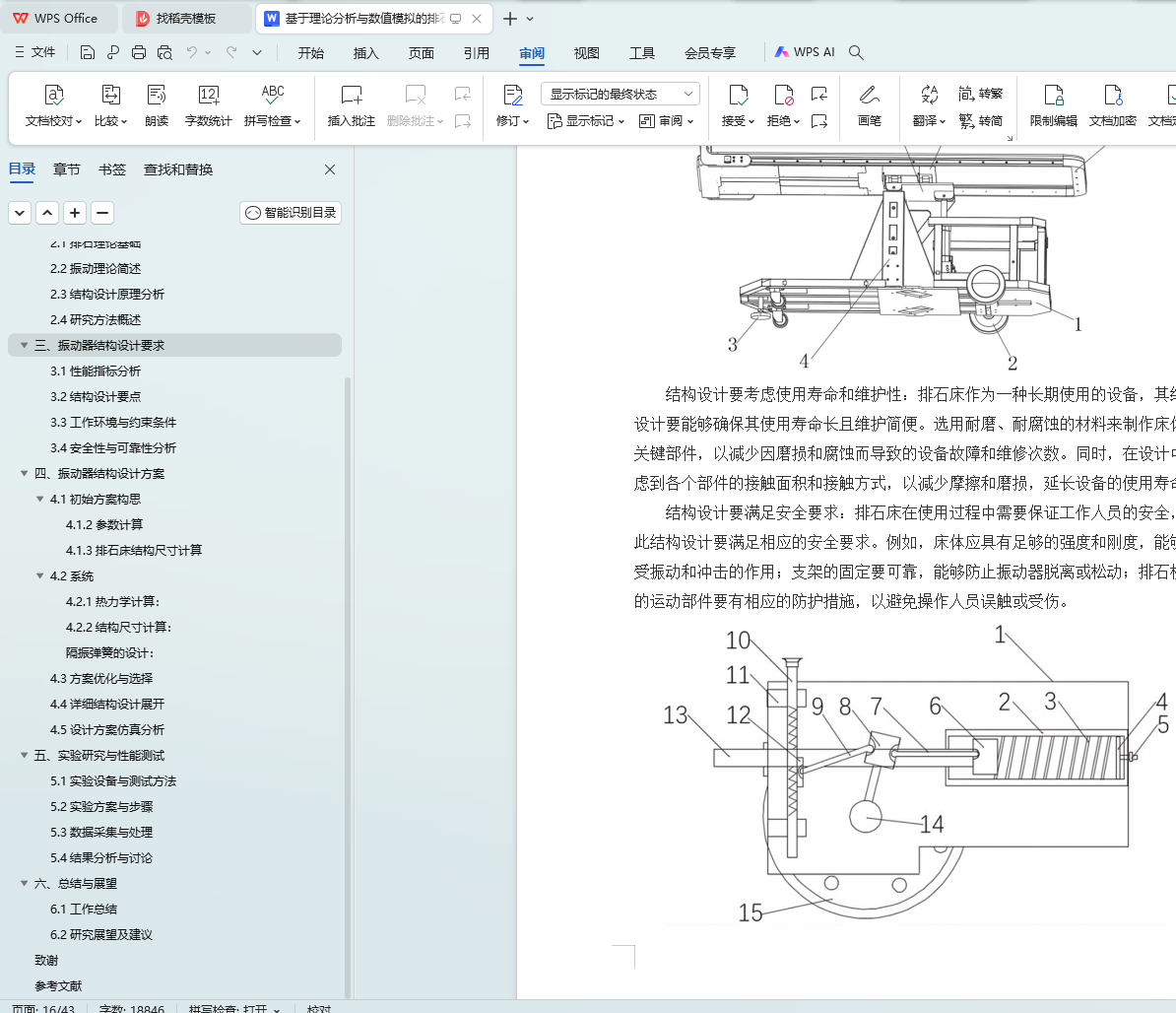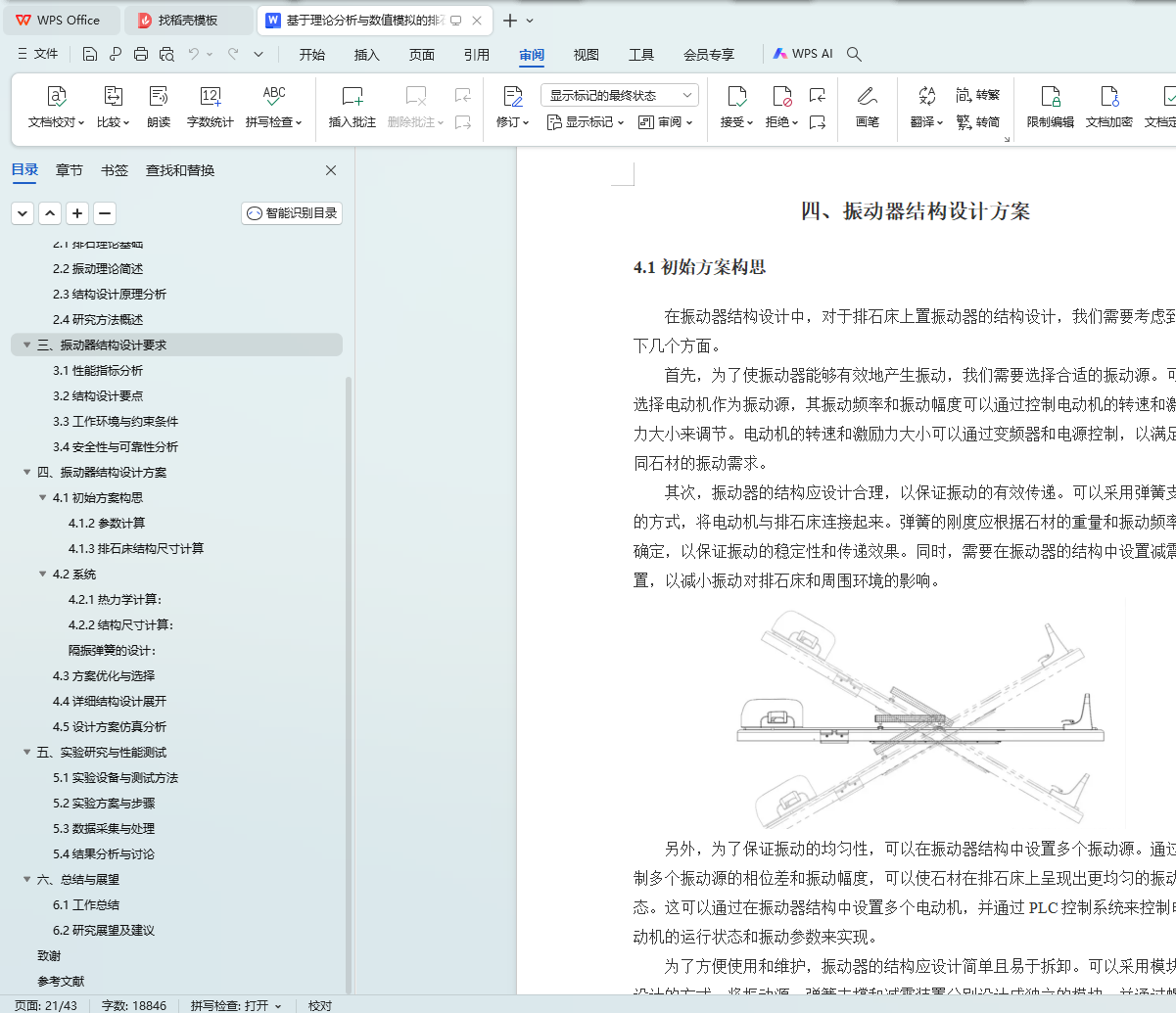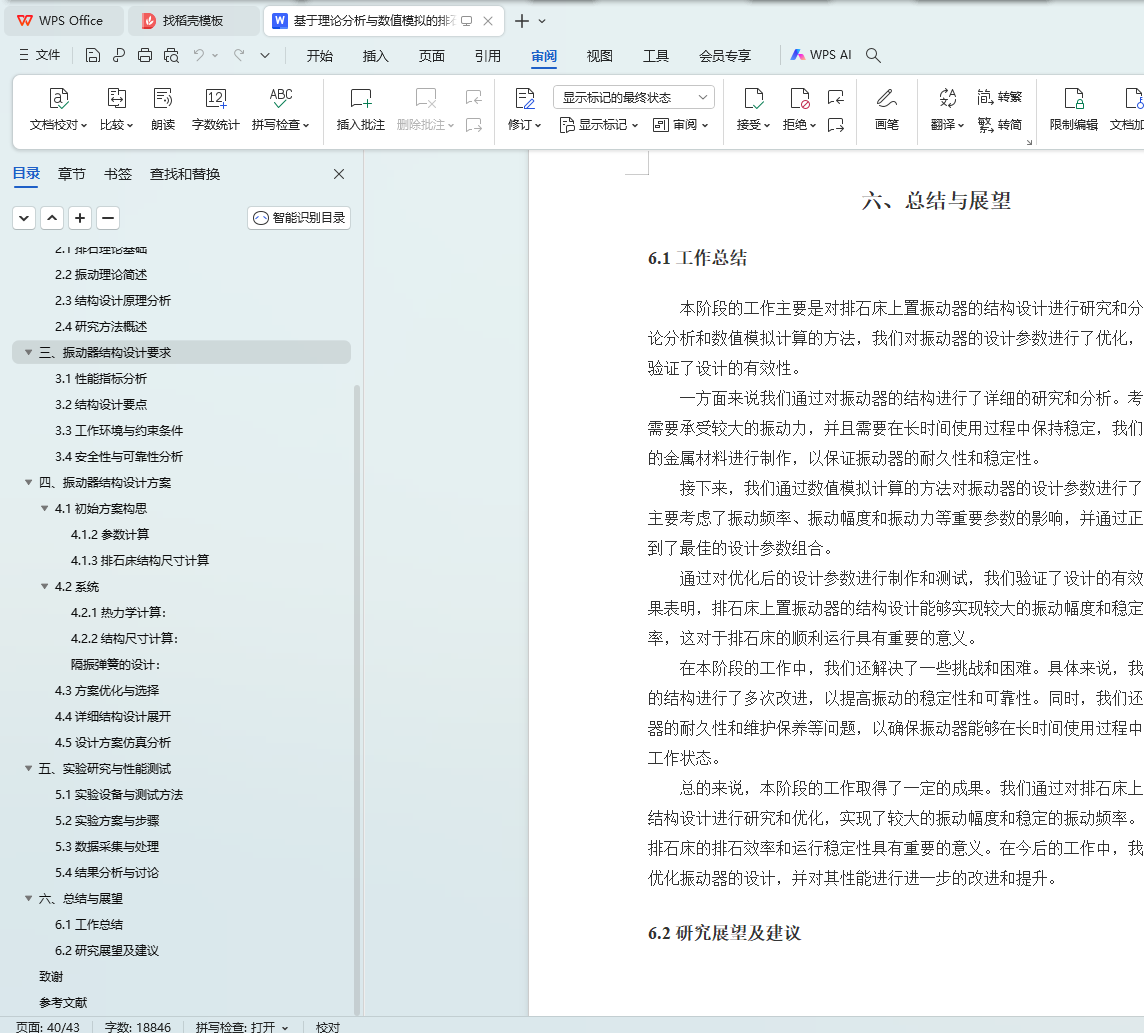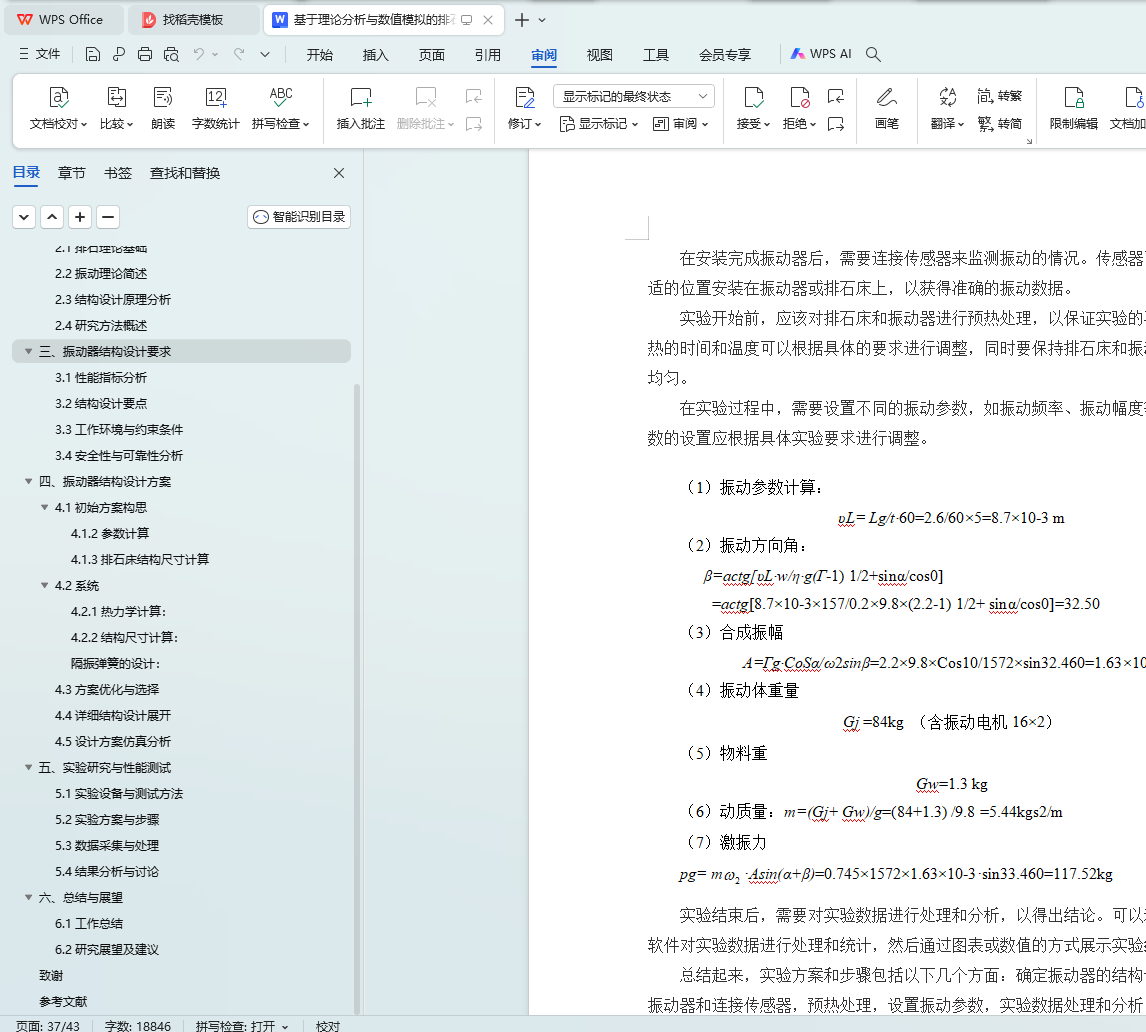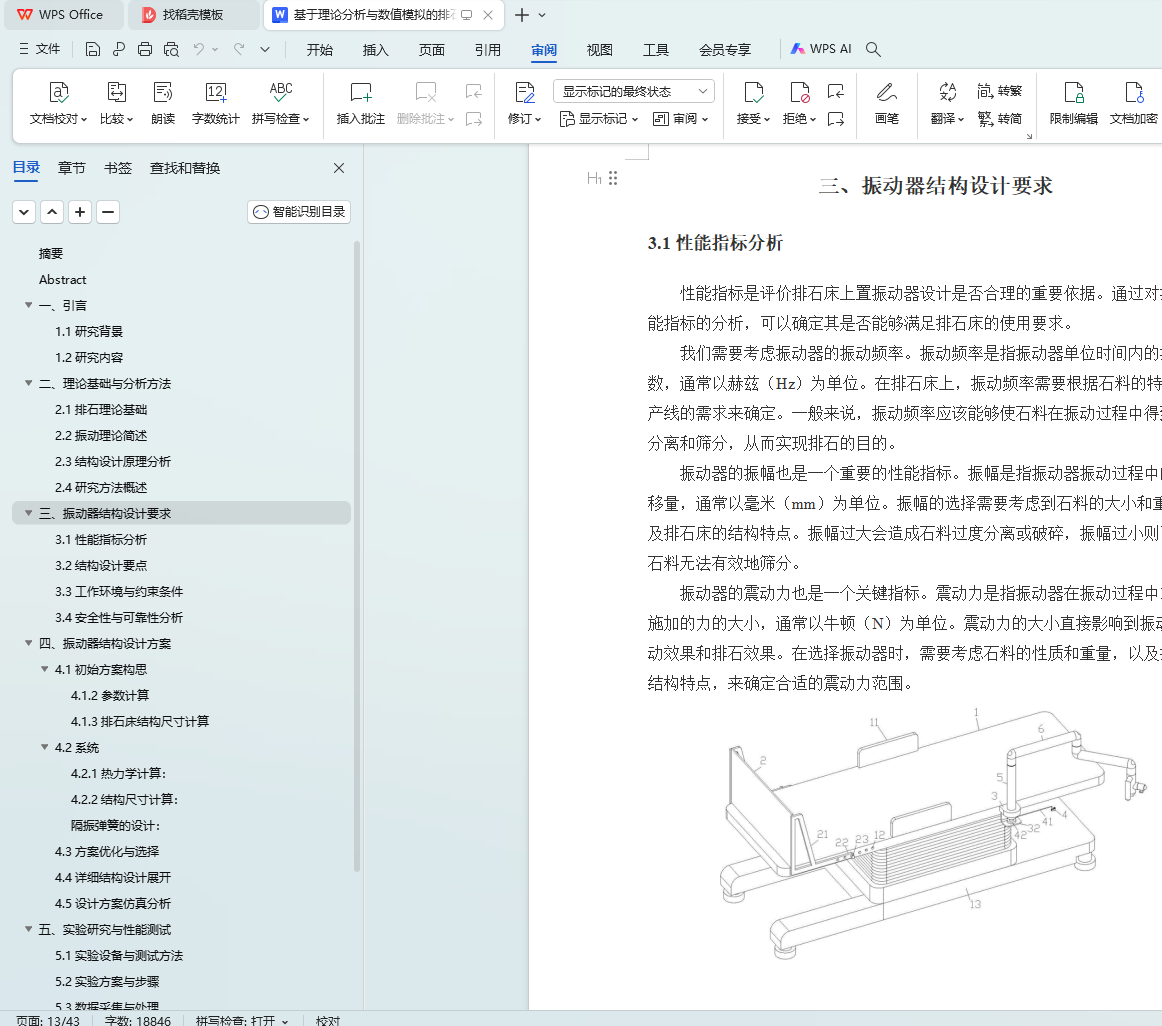摘要
随着基础设施建设的快速发展,排石工程的效率与安全性受到了极大的关注。尤其是在复杂地质条件下,高效的排石振动设备是确保施工进度和降低成本的关键。针对这一挑战,本文提出了一种新型排石床上置振动器的结构设计方案。通过对排石床工作原理及振动器相关理论的深入研究,设计了符合工程需求的振动器。该振动器考虑了多种因素如动力特性、环境适应性、可维护性与安全性,旨在加强排石效率,同时保证操作的稳定性与设备的耐用性。文中运用了有限元分析(FEA)对振动器结构的应力分布进行模拟,确保了在高频率连续工作状态下的稳固性,并通过动态模拟测试优化设计参数,实现了设备的高效与节能。确立了基于频率、振幅和承载力等关键参数的性能指标,并考虑了极端温度与防尘防水等要求的工作环境。本研究还开展了振动台实验与现场应用测试,验证了结构设计的可靠性与振动器的排石效率。与此同时,本研究的设计方案还注重了易损件的替换性及设备维护的便利性,不仅延长了振动器的服务寿命,也减少了维护成本。设计结果表明,在优化振动频率与振幅后,振动器能够有效地提高排石效率,显著降低了能量消耗与噪音水平,满足了现代排石工程的高标准需求。
关键词:排石床;振动器结构设计;有限元分析;动态模拟;振动台实验
Abstract
With the rapid development of infrastructure construction, the efficiency and safety of stone drainage engineering have received great attention. Particularly in complex geological conditions, efficient stone drainage vibratory equipment is crucial for ensuring construction progress and reducing costs. In response to this challenge, this paper presents a structural design proposal for a new type of vibratory device for stone drainage beds. Through an in-depth study of the working principle of stone drainage beds and the relevant theory of vibrators, a device that meets engineering requirements was designed. The vibrator takes into account multiple factors such as dynamic characteristics, environmental adaptability, maintainability, and safety, with the aim of enhancing stone drainage efficiency while ensuring operational stability and equipment durability. Finite Element Analysis (FEA) was used in the article to simulate the stress distribution of the vibrator structure, ensuring its sturdiness under high-frequency continuous working conditions. Furthermore, dynamic simulation tests were conducted to optimize design parameters, achieving high efficiency and energy savings for the device. Performance indicators based on key parameters such as frequency, amplitude, and bearing capacity were established, and the working environment was considered for factors such as extreme temperatures and dust and waterproof requirements. This study also carried out vibration table experiments and field application tests to verify the reliability of the structural design and the stone drainage efficiency of the vibrator. At the same time, the design scheme of this research also focused on the replaceability of vulnerable parts and the convenience of equipment maintenance, not only prolonging the service life of the vibrator but also reducing maintenance costs. The design results show that after optimizing the vibration frequency and amplitude, the vibrator can effectively improve stone drainage efficiency, significantly reduce energy consumption and noise levels, meeting the high standard requirements of modern stone drainage engineering.
Keyword:Stone Removal Bed; Vibrator Structural Design; Finite Element Analysis; Dynamic Simulation; Vibration Table Experiment
目录
摘要
Abstract
一、引言
1.1 研究背景
1.2 研究内容
二、理论基础与分析方法
2.1 排石理论基础
2.2 振动理论简述
2.3 结构设计原理分析
2.4 研究方法概述
三、振动器结构设计要求
3.1 性能指标分析
3.2 结构设计要点
3.3 工作环境与约束条件
3.4 安全性与可靠性分析
四、振动器结构设计方案
4.1 初始方案构思
4.2 方案优化与选择
4.3 详细结构设计展开
4.4 设计方案仿真分析
五、实验研究与性能测试
5.1 实验设备与测试方法
5.2 实验方案与步骤
5.3 数据采集与处理
5.4 结果分析与讨论
六、总结与展望
6.1 工作总结
6.2 研究展望及建议
致谢
参考文献
